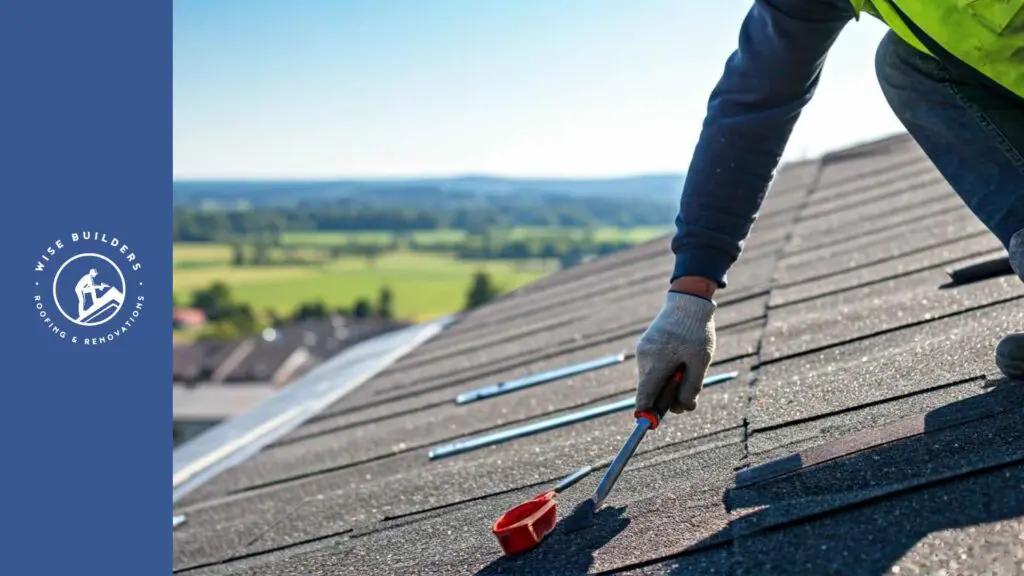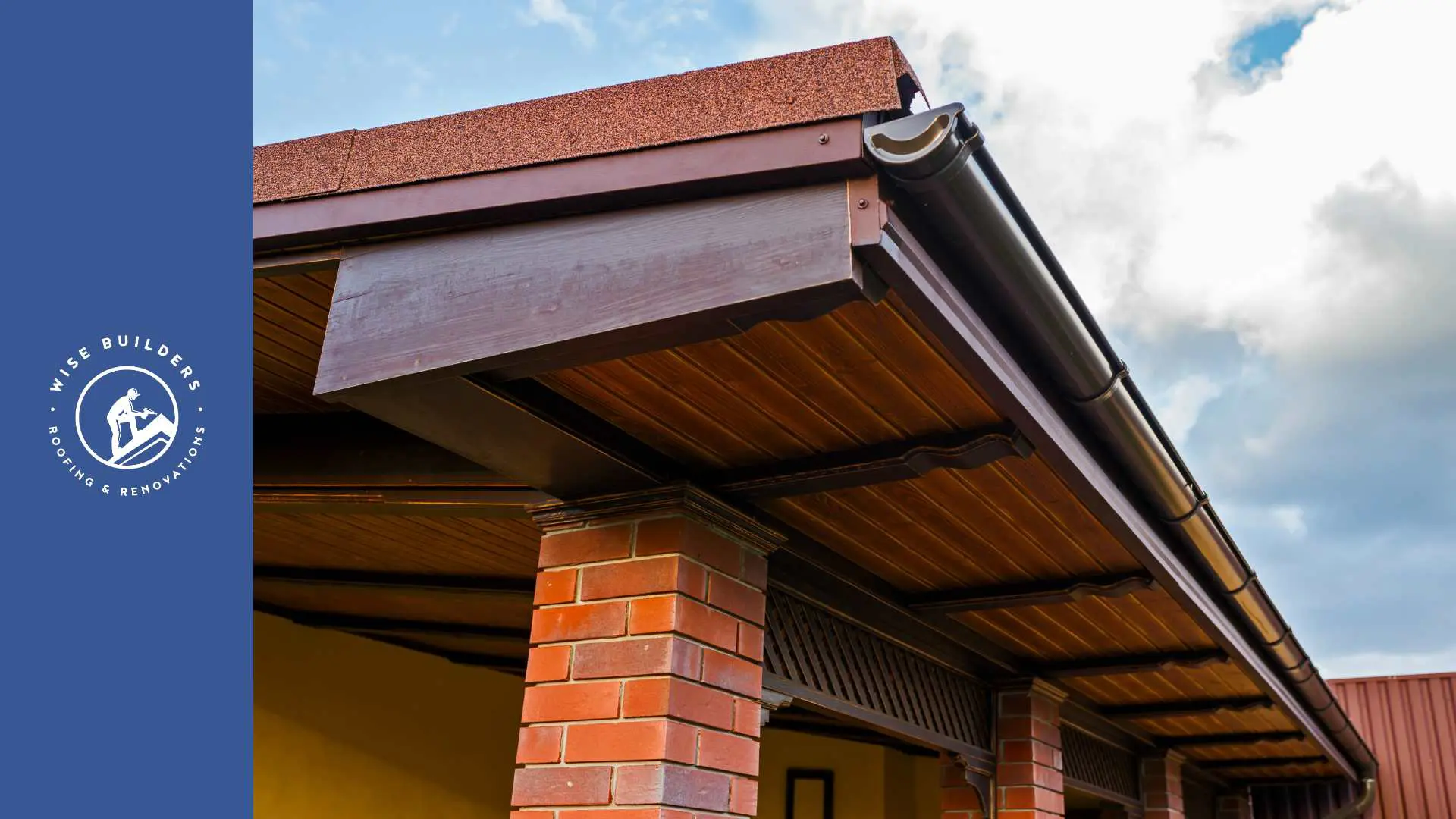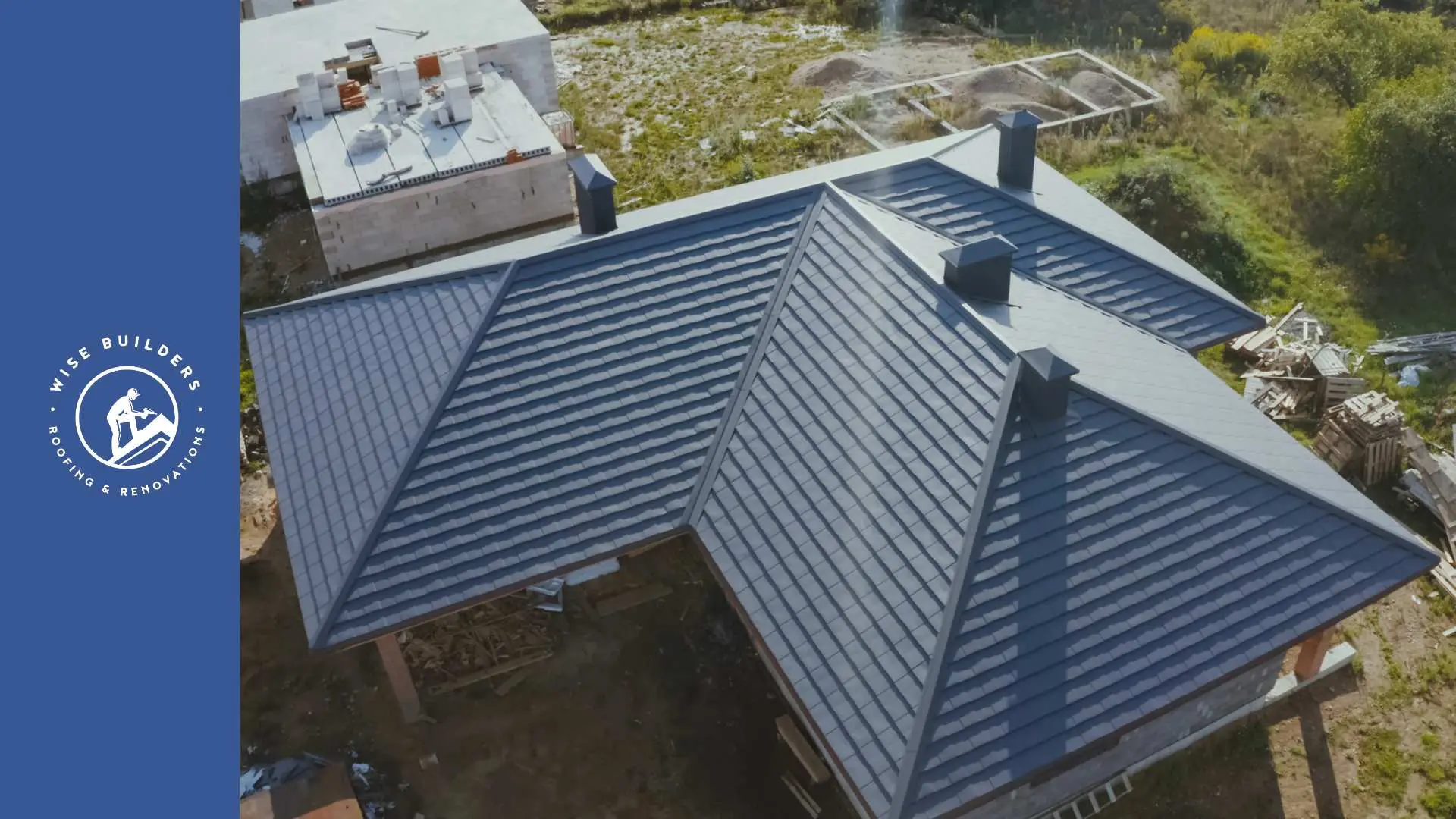
Key Highlights
- Properly installed roof flashing is crucial for preventing water damage and ensuring the longevity of your roof.
- From step flashing to valley flashing, understanding the different types and their applications is essential for effective installation.
- Before you start, gather the necessary tools and materials, including roofing nails, roofing cement, and appropriate flashing materials.
- Always prioritize safety by wearing proper safety gear and taking necessary precautions throughout the installation process.
- Regular inspection and maintenance of your roof flashing will help identify potential issues early on and extend its lifespan.
Introduction
Roof flashing is often an overlooked but absolutely critical component of any roofing system. Proper attachment of flashing installation is essential to prevent water damage and ensure the long-term integrity of your roof is in good condition. This comprehensive guide will provide you with valuable insights into the importance of roof flashing, the different types available, and a step-by-step guide on how to install it correctly.
Understanding Roof Flashing: The First Line of Defense Against Water Damage

A roof is much more than just shingles. It’s a system of components working to protect your home from the elements. Roof flashing plays a vital role in this system, acting as a watertight barrier in areas where standard roofing materials alone are not enough.
Flashing is typically made from rust-resistant metals like galvanized steel or aluminum and is strategically placed to redirect water away from vulnerable areas of the roof prone to leaks.
The Role of Flashing in Roofing Systems
The primary function of flashing is to create a watertight seal around roof penetrations and intersections. These are the areas where your roof structure is most vulnerable to water infiltration. Proper flashing prevents water from seeping into your home through these areas, safeguarding it from potential water damage.
There are various types of flashing, including apron flashing, each designed for specific applications. Common types include step flashing, used along walls and dormers; valley flashing, installed in roof valleys; and chimney flashing, which protects the area where the chimney meets the roof. Each type serves a distinct purpose in ensuring comprehensive roof protection.
Understanding the different types of flashing for different roofing applications and their specific uses is essential for proper flashing installation. Using the correct type of flashing material and ensuring that it is installed correctly will prevent leaks and contribute to the longevity of your roofing system.
Identifying Areas That Need Flashing on Your Roof
Identifying the key areas requiring flashing is the first step toward a watertight roof. Any penetration or change in the roof plane necessitates flashing to prevent water intrusion. Chimneys, being vertical structures extending beyond the roofline, are prime candidates for chimney flashing.
Valley flashing is essential at the edge of the roof valleys where two sloping roof planes intersect. These valleys act as channels for rainwater runoff, making them particularly susceptible to leaks if not properly flashed.
Additionally, the roof edge, or drip edge, incorporating thin metal flashing, should not be overlooked. Drip edge flashing helps protect the underlying fascia board and eaves from water damage. By identifying these vulnerable areas, you can ensure that the appropriate flashing is installed for comprehensive protection.
Preparing to Install Roof Flashing: A Beginner’s Checklist
Before you embark on your flashing installation project, careful preparation is key to a successful outcome. This includes gathering the necessary tools and materials, as well as taking safety precautions.
Remember that working on a roof can be dangerous, and it’s crucial to prioritize safety throughout the process. By taking the time to prepare adequately, you can ensure a smoother and safer flashing installation.
Essential Tools and Materials for Installing Roof Flashing
Having the right tools and materials on hand before commencing work will make the installation process more efficient. Here’s a list to get you started:
- Roofing Nails: Choose nails that are compatible with your flashing material, usually galvanized steel or stainless steel, for durability and corrosion resistance.
- Roofing Cement: This adhesive sealant is crucial for creating a watertight bond between the flashing and the roofing materials.
- Flashing Material: Select the appropriate type of flashing (step flashing, valley flashing, etc.) based on the specific areas of your roof that need protection.
In addition to these essentials, you will also need basic tools such as a tape measure, tin snips, a utility knife, a caulk gun, and a hammer or roofing nailer. Ensure that these tools are in good working condition before starting.
Remember that the specific type and quantity of materials needed will depend on the size and complexity of your roof, and the type of flashing being installed.
Safety Gear and Precautions Before Starting the Installation
Safety should be your utmost priority when working on a roof. Before you begin, be sure to have the following safety gear:
- Sturdy Ladder: Ensure the ladder is placed on a firm and level surface.
- Safety Harness: A safety harness with a roof anchor is essential to prevent falls.
- Non-Slip Gloves: Protect your hands and ensure a firm grip.
- Safety Glasses: These will safeguard your eyes from debris.
In addition to wearing appropriate safety gear, take these precautions:
- Check the Weather: Avoid working on the roof in wet or windy conditions.
- Work with a Partner: Having someone to assist you can be invaluable, especially in case of an emergency.
- Clear the Work Area: Remove any obstacles or debris that could pose a tripping hazard.
By adhering to these safety guidelines, you can minimize the risk of accidents and ensure a safe working environment.
Step-by-Step Guide to Installing Roof Flashing

Now that you’ve prepped your workspace and gathered the necessary tools, it’s time to begin the flashing installation.
Remember to work carefully and methodically, ensuring each piece of flashing is properly fitted and sealed to prevent leaks.
Step 1: Measuring and Cutting Flashing Material
Accurate measurement is crucial for ensuring your flashing fits correctly and provides optimal protection. Use a tape measure to determine the required length and width of each piece of flashing based on the specific area you are working on.
Once you’ve taken your measurements, use tin snips or a utility knife to cut the flashing material to size. When cutting, it’s better to err on the side of making the flashing slightly larger, as you can always trim it down for a precise fit.
Mark your cutting lines carefully to avoid mistakes and ensure clean, straight cuts. Sharp cutting tools will make the job easier and produce better results.
Step 2: Applying Sealant and Attaching the Flashing
Before attaching the flashing, apply a generous bead of roofing cement or use roofing cement to create a waterproof sealant on the underside of the flashing where it will come into contact with the roofing surface. This sealant creates a watertight barrier, preventing water from seeping underneath the flashing.
Use roofing nails to secure the flashing in place. Space nails appropriately, typically every 6 to 8 inches, ensuring the flashing lays flat against the roofing material.
When driving nails, be sure to use enough force to secure the flashing firmly without damaging the surrounding shingles or roofing materials.
Step 3: Securing Flashing in Valleys and Joints
Valley flashing and flashing around roof joints require particular attention to detail, as these areas are prone to water accumulation.
When installing valley flashing, start at the bottom of the valley and work upwards, overlapping each piece of flashing by at least 4 inches to prevent water from seeping through the seams.
For roof joints, where different roof planes intersect, carefully interweave the flashing with the surrounding roofing materials, using sealant to create a weathertight seal and prevent water intrusion.
Step 4: Installing Step Flashing Around Chimneys and Skylights
Chimneys and skylights are critical areas for flashing. Step flashing is commonly used for these applications.
Begin by installing a base flashing around the base of the chimney or skylight. This flashing should extend up the wall at least 4 inches and onto the roof deck at least 6 inches.
Next, install step flashing, working your way up the sides of the chimney or skylight. Each piece of step flashing should be tucked under the siding or roofing material above it and overlap the piece below by at least 2 inches.
Maintaining Your Roof Flashing for Longevity
Like any part of your home, old flashing roof flashing requires periodic maintenance to ensure its continued effectiveness in protecting your property. Regular inspections can reveal potential issues early on, preventing minor problems from escalating into major, costly repairs.
Simple upkeep can significantly prolong the lifespan of your flashing, providing valuable peace of mind with a watertight, well-protected home for years to come.
Routine Inspection Tips for Flashing
Regularly inspecting your roof flashing is essential for identifying and addressing potential issues before they escalate into major problems. Aim to conduct an annual inspection, preferably after the winter months when flashing may have been subjected to harsh weather conditions.
During the inspection, check for signs of wear and tear, such as rust, corrosion, cracks, or gaps in the flashing. Pay close attention to areas where flashing overlaps or meets other roofing materials, as these seams can be vulnerable to leaks.
Look out for missing or loose nails and seal any open seams or gaps you find with roofing cement. Timely maintenance and repairs will help extend the life of your roof and prevent costly water damage.
When to Replace vs. Repair Your Roof Flashing
Determining whether to repair or replace your roof flashing depends on the extent of the damage. For minor issues, such as small cracks or gaps, repairs using roofing cement or sealant may suffice.
However, if the flashing shows significant rust, corrosion, or extensive damage, replacement is usually the more cost-effective and reliable solution.
| Condition of Flashing | Recommended Action |
| Small cracks or gaps | Repair with roofing cement or sealant |
| Rust or corrosion in limited areas | Patch with flashing repair tape or sealant |
| Extensive rust, corrosion, or damage | Replace the flashing |
Consulting a qualified roofing professional for a thorough inspection is recommended to determine the best course of action and ensure the longevity and effectiveness of your roof’s protection.
Conclusion
In conclusion, mastering the art of installing flashing on your roof is crucial for protecting your home from water damage and the outside elements. Understanding the role of flashing, identifying areas that need it, and following a step-by-step installation guide are key to ensuring the longevity of your roofing system. Regular maintenance and timely repairs or replacements when needed will help safeguard your property for years to come. By taking these proactive steps, you can enhance the durability and reliability of your roof. If you’re ready to fortify your home’s defense against the elements, mastering roof flashing installation is a skill worth investing in.
At Wise Builders, We ensure our clients receive the best possible outcomes. Our commitment to quality workmanship and customer satisfaction is unwavering, making us the top choice for residential Roofing services in our community.
Frequently Asked Questions
What Are the Signs of Failing Roof Flashing?
Common signs of failing roof flashing include water leaks inside your home, especially during or after rainfall. Rust stains, peeling paint or wallpaper on interior walls, and visible damage to the flashing itself, such as cracks or gaps, are also red flags.
Can Different Metals Be Used Together in Roof Flashing?
Using dissimilar metals together in roof flashing, including aluminum flashing, is not recommended. Different metals have varying rates of expansion and contraction, which can lead to galvanic corrosion and premature failure of the flashing materials. Always consult a roofing professional for guidance on metal compatibility.






